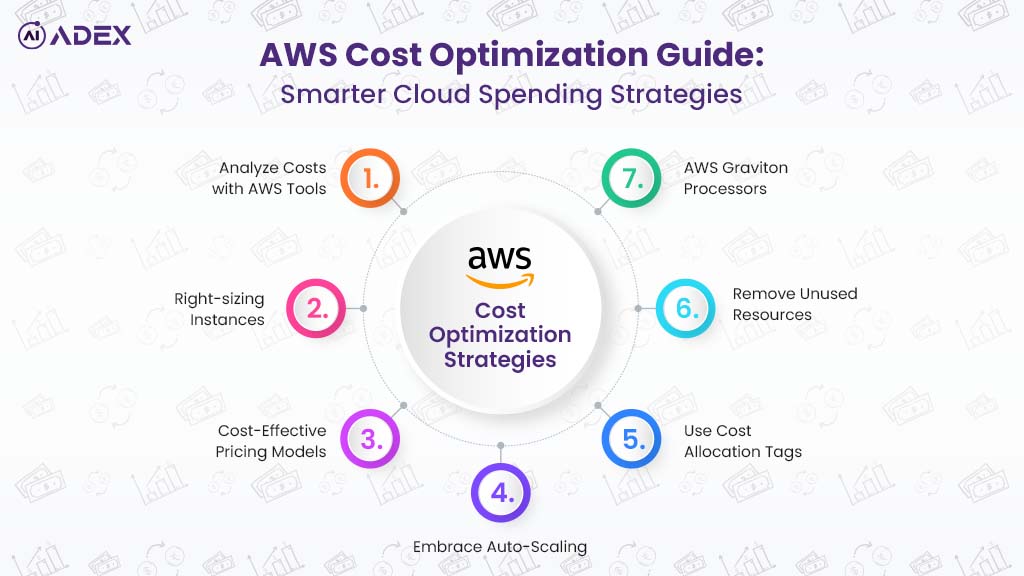

Amazon FSx for Lustre, Windows, and NetApp ONTAP

Written By Nischal Gautam
Jan 18, 2024
In the ever-evolving world of IT, I'm passionate about harnessing the power of Linux and Windows and Cloud Computing to create efficient and robust computing environments. Whether it's optimizing server performance or diving deep into the intricacies of open-source software, I thrive on the challenges and rewards of the Linux ecosystem.
Latest Blogs

AWS Savings Plans vs. Reserved Instances: Which Saves More for Your Cloud Costs?
As more organizations utilize AWS services, they require more effective methods to manage their cost...

Saugat Tiwari
Jul 11, 2025

AWS Tools for DevOps and FinOps Success
As cloud environments grow more complex, success in 2025 hinges on delivering faster while spending...

Adex International
Jul 03, 2025

AWS Updates in June 2025: Advancements in Cloud Efficiency and Agility
AWS continued to raise the bar with its June 2025 updates, delivering a powerful mix of intelligent...

Chandra Rana
Jul 03, 2025

DevOps Consulting Services and Solutions for U.S. Companies (2025)
U.S. companies face growing pressure to ship software faster, modernize legacy systems, and make eve...

Adex International
Jun 30, 2025

AWS Cost Optimization Guide: Smarter Cloud Spending Strategies
Amazon Web Services (AWS) powers millions of businesses worldwide with flexible, scalable cloud infr...

Prashansa Joshi
Jun 25, 2025

How to Submit an AWS Consent to Assignment Request
When transferring an AWS account between two legally distinct entities, such as during a merger, acq...

Adex International
Jun 24, 2025

A Complete Guide to Your Managed IT Service
A well-structured Managed IT Service Contract is more than a legal technicality; it is a strategic d...

Adex International
Jun 18, 2025

How to Deploy Globally Available GenAI APIs Using AWS Global Accelerator and Bedrock
GenAI APIs enable real-time capabilities across various workloads, including intelligent assist...

Papila Ghising
Jun 18, 2025

How to Deploy n8n on AWS EC2 Using Docker
Many automation platforms that rely on fully-managed hosting come with trade-offs: costly pricing ti...

Chandra Rana
Jun 13, 2025

How Agile and DevOps Complement Each Other: Best Practices for Joint Implementation
Agile and DevOps are often seen as distinct methodologies—Agile focuses on flexible planning, collab...

Adex International
Jun 11, 2025